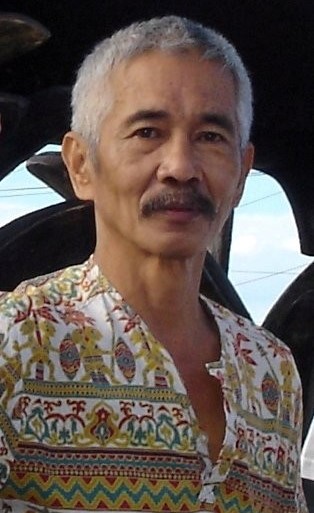TWO CENTS
By Dong Delos Reyes
River crawl
Share
A river separates Ciudad Real from a squatter settlement in Caloocan City. Ciudad Real with nearly a thousand households lazes at a fringe part of San Jose del Monte in Bulacan, a shot off the La Mesa Dam forest reservation. Years back, the corpse of a security guard was dumped asprawl at the middle portion of a bridge spanning that river, likely to confound the police as to whose jurisdiction the case fell. The police arrived late. A vehicle from a funeral parlor came quicker to handle the business.
That flimsy excuse of a bridge had been washed away -- the river's raging torrents touched off by a howler took care of that. And not too many corpses are dumped into that river for funeral parlors to fish out.
Fact is, that waterway had become a convenient dumpsite for tons and tons of trash turned up by households some meters off the river bank. Until a pair of storms not unlike the recent Egay and Falcon comes along for a thorough cleaning, the body of water crawls with filth and refuse.
There are still portions upstream where lavanderas can do their laundry, and deeper parts where folks can picnic or swim. The hallmarks of their visits are more trash -- sachets, wrappers, excess food and such. If ever they spoke to the river, all they plied again and again is trash talk.
No Fernando Amorsolo would be moved to immortalize the recurring river vignettes on canvas. The washerwomen are mostly of Moby Dick proportions chittering away noisy as geese as they descend upon the water. The bathers and picnickers are similarly monstrously endowed. And they would leave behind an apathy, an uncaring for whatever beauty they have sullied.
It's likely that both local governments of Caloocan and San Jose del Monte have passed ordinances banning such filthy practice. Maybe, such measures also include stiff fines, say PHP10K with an additional P20K for each succeeding offense or a month-long community service that involves a no-nonsense clean-up of the waterway. Maybe, they don't have any ordinance at all that protects waterways.
In Biblical times, dumps were assigned in areas far-flung from settlements. Those dumps where trash were burned and were often cloaked in smoke from all that burning garbage were called Gehenna. Gehenna has taken on a layer of meaning. Gehenna is hell.
I am stumped at the waterways of Thailand or South Korea -- the waters are cafe au lait, likely from mud and silt. They even have floating markets upon those waterways where boats carrying farm produce are bought and sold.
Maybe, those Thais and Koreans aren't Christians whose heads have been conked for ages with that adage, "Cleanliness is next to godliness."
Comments
About the Columnist

Dong A. de los Reyes began his writing journey in 1978 as a business reporter. He tacks over 20 writing awards- five from the Don Carlos Palanca Memorial Awards for Literature- for his forays into fiction, poetry, and dramaturgy. He also describes himself more of a soil scientist than agronomist. He is a keen student of the combat arts, with a second degree black belt in gojukai, which was developed by a peasant from Okinawa named Chojun Miyagi. He is married to a campus beauty queen who bore him three sons and a daughter. They have six grandchildren, two of whom are taekwondo black belts.
